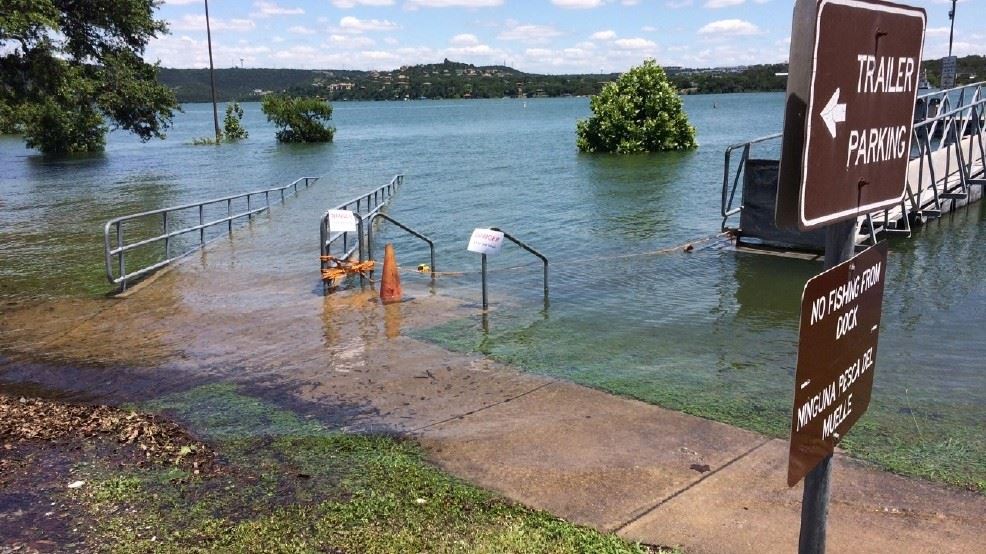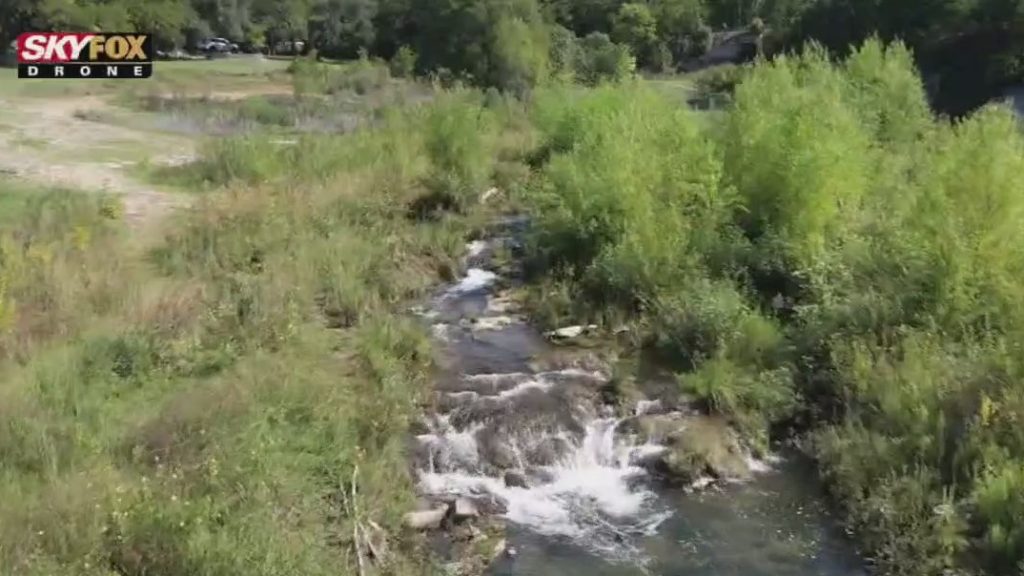Lake Travis Water Levels: Latest Updates & What's Happening
Is the situation at Lake Travis in Austin, Texas, a cause for concern? Recent fluctuations in water levels, coupled with persistent drought conditions, present a complex picture that demands close examination.
The iconic Lake Travis, often described as the "storage tank" for Austin, has been the subject of much speculation and scrutiny. Water levels, as of late, have shown a propensity to change, sometimes dramatically. Reports indicate that the lake's water levels have recently seen an increase, with some measurements suggesting a jump of up to 7 feet over the past week. However, these gains need to be contextualized within a broader understanding of the lake's historical performance and the factors influencing its water levels.
The Lower Colorado River Authority (LCRA) manages the water resources in the region. The amount of water in Lake Travis fluctuates considerably, influenced by multiple factors including rainfall, water releases from upstream reservoirs, and evaporation. The lake has been struggling with low water levels, particularly since the droughts of the past couple of years. The recent rainfall, while helpful, has only partially replenished the lake, bringing the water levels back up by a mere six inches.
To truly understand the water level dynamics, it's crucial to consider the impact of specific weather events. The hill country experienced significant rainfall in May and early June. This rainfall greatly benefited Lake Buchanan, another essential water source. Lake Buchanan's water levels have increased by 14 feet. The LCRA is currently drawing more water from Lake Buchanan than Lake Travis to meet water demands.
Reports from the area indicate the need for consistent rainfall in the Pedernales watershed to significantly refill Lake Travis. While the hill country upstream has seen improved conditions, with the Lake Buchanan watershed receiving a greater boost, the overall picture for Lake Travis remains a challenge. The benefit of the recent rain, however, is that the exceptionally dry soil is now saturated in the hill country, so the next round of rain will have a greater impact on water levels.
Some suggest that the recent rains, though beneficial, might not be sufficient. A popular Reddit post claimed Lake Travis was poised to rise by 10 feet. However, experts are setting expectations for modest gains. As of the reporting, Lake Travis is approximately 54 feet below its full elevation. The concern is genuine. Lake Travis may potentially drop to its lowest level in LCRA history.
The amount of water that it takes to raise the level of Lake Travis is significant. For context, a tropical storm that delivered 26 inches of rain in 1952, causing Lake Travis to fill up almost overnight. The lake's capacity to swell quickly is not in doubt, yet such dramatic shifts are dependent on the intensity and location of precipitation. The hill country needs consistent rains this month to benefit the northern portions of the Colorado River.
One of the biggest lakes in central texas is struggling to even reach half full as we enter november. The lake has been at 49% capacity due to consistently high temperatures and lack of rainfall.
The rainfall this week brought different readings, with 3.37 inches recorded at Cortana Shores on Lake Austin in central Travis County, 3.43 inches near Round Mountain in northern Blanco County, and 3.32 inches southwest of Lockhart in northern Caldwell County.
Currently, as of July 26, the lake is 47% full, up from about 40%. Recent rains have helped Lake Travis water levels. The recent rainfall and floodgate operations west of austin has also caused the levels to rise.
The recent rainfall, although beneficial, has not brought the needed surge in water levels to meet the region's water demands, which are high.
| Water Source | Current Status | Notes |
|---|---|---|
| Lake Travis | 47% full (as of July 26) | Rising due to recent rainfall and floodgate operations. Still significantly below full capacity. |
| Lake Buchanan | 71% full | Benefited greatly from rainfall in May and June. |
| Colorado River (Hill Country) | Variable | Rainfall in the hill country has helped refill the soil |
The city of Austin has been talking a lot about the flood risk in the region.


